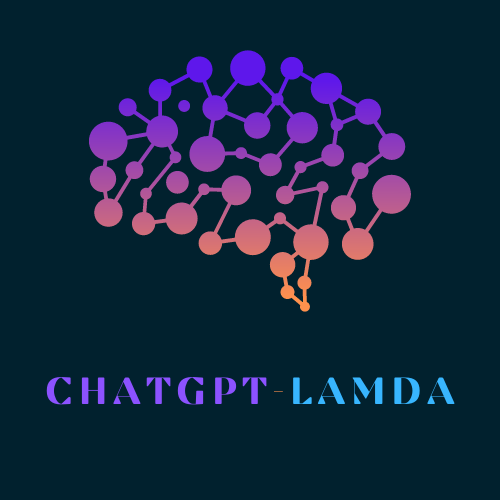AI and IoT Integration
Smart cities leverage IoT devices to collect data, with AI processing this information to improve resource management and services. For example, AI can predict traffic congestion and adjust stoplight cycles to minimize waits and reduce emissions from idling vehicles.
In smart city grids, AI analyzes data from smart meters to predict energy peaks, ensuring sufficient power during high-demand periods. Waste management systems use IoT devices to monitor bin fill-levels, allowing AI to optimize pickup routes.
For safety, AI examines footage from surveillance cameras to identify incidents, enhancing security without excessive intrusion. In water management, IoT sensors detect anomalies in water pressure, while AI pinpoints leak locations for quick fixes.
By combining IoT with AI, smart cities become more efficient and responsive to urban challenges.
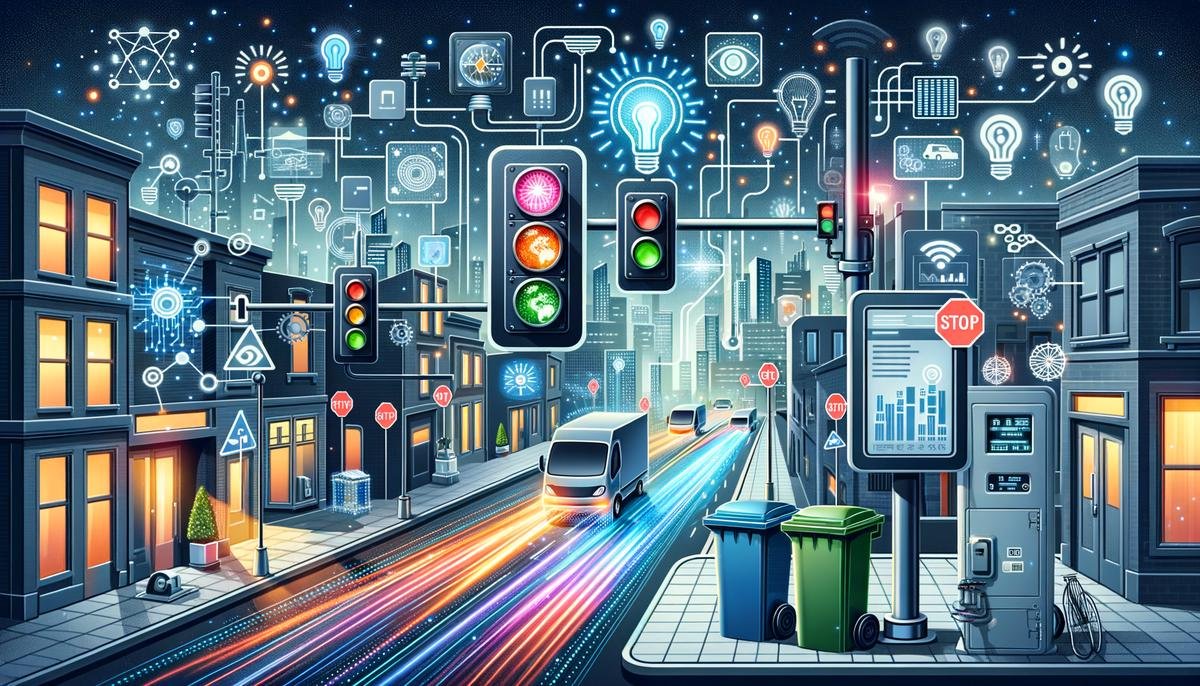
Infrastructure for AI-Powered Cities
Smart cities require a robust digital infrastructure to support AI implementation. This includes:
- Connectivity: High-speed, reliable internet connections that allow AI applications to access data from various sources.
- Computing resources: Powerful systems capable of processing large volumes of data for AI analysis.
- Edge computing: Local data processing that enables real-time decision-making for applications like traffic management.
This infrastructure forms the foundation for AI-powered urban services, enabling cities to function more efficiently and adapt to changing needs.
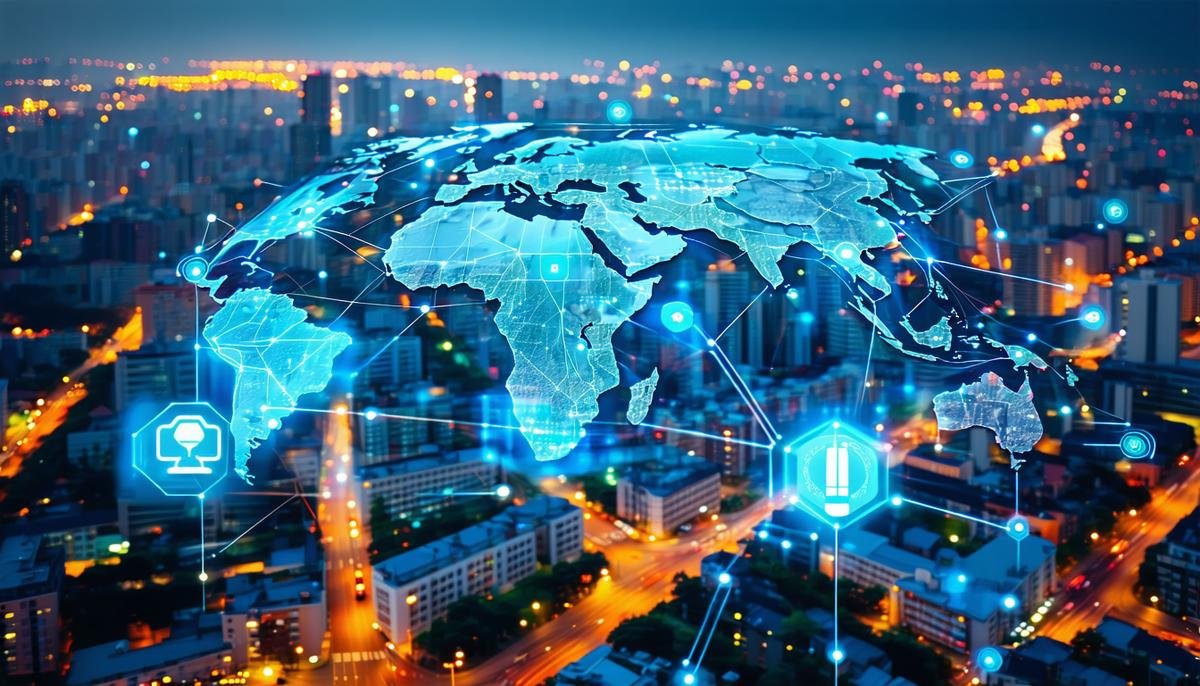
AI in Intelligent Transportation Systems
AI is transforming urban transportation systems through:
- Intelligent traffic management: AI analyzes real-time traffic patterns to optimize signal timing, reducing congestion and emissions.
- Predictive analytics: AI forecasts potential road safety issues, allowing for preventative measures.
- Computer vision: AI-powered cameras detect irregular activities, enhancing public safety.
- Smart parking systems: AI directs drivers to available parking spaces, minimizing traffic around busy areas.
These applications improve urban mobility, making cities more efficient and livable.
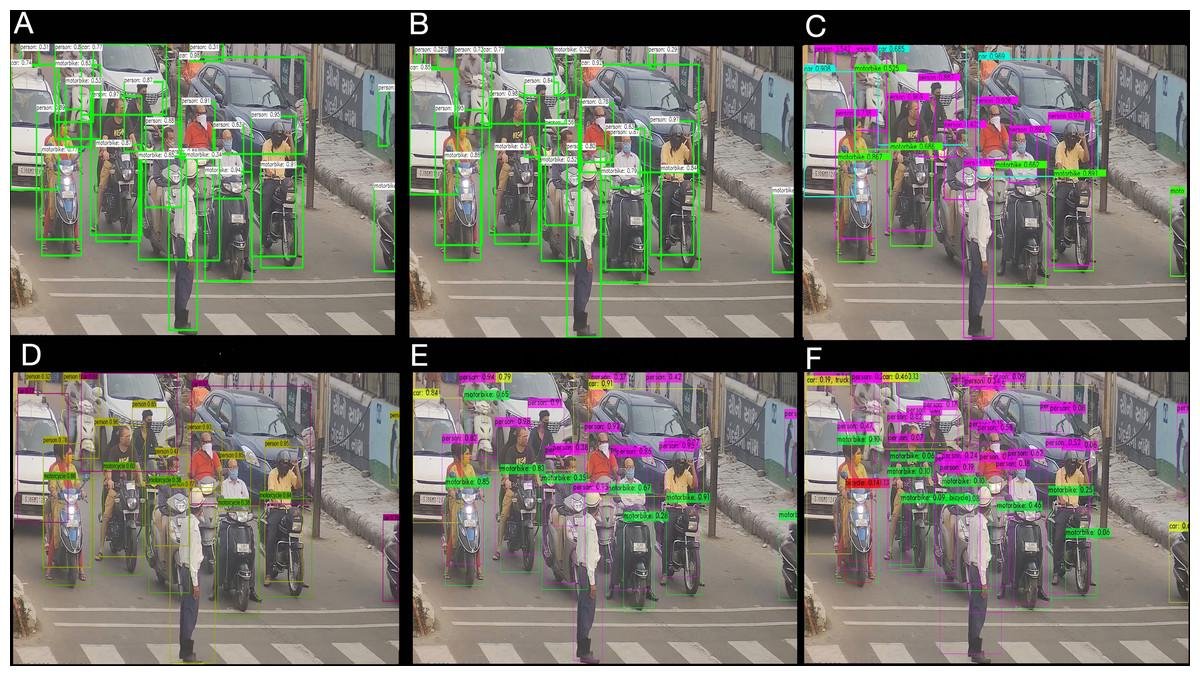
Risks and Challenges of AI in Smart Cities
Implementing AI in smart cities presents several challenges:
- Data privacy: Balancing data use for innovation with protecting residents' personal information.
- Security vulnerabilities: Safeguarding interconnected systems against cyber threats.
- Digital equity: Ensuring all citizens can access and benefit from smart city technologies, regardless of age, income, or background.
Addressing these challenges requires strong safeguards, robust cybersecurity strategies, and policies aimed at bridging the digital divide. This approach helps foster trust, security, and equality in AI-powered urban environments.
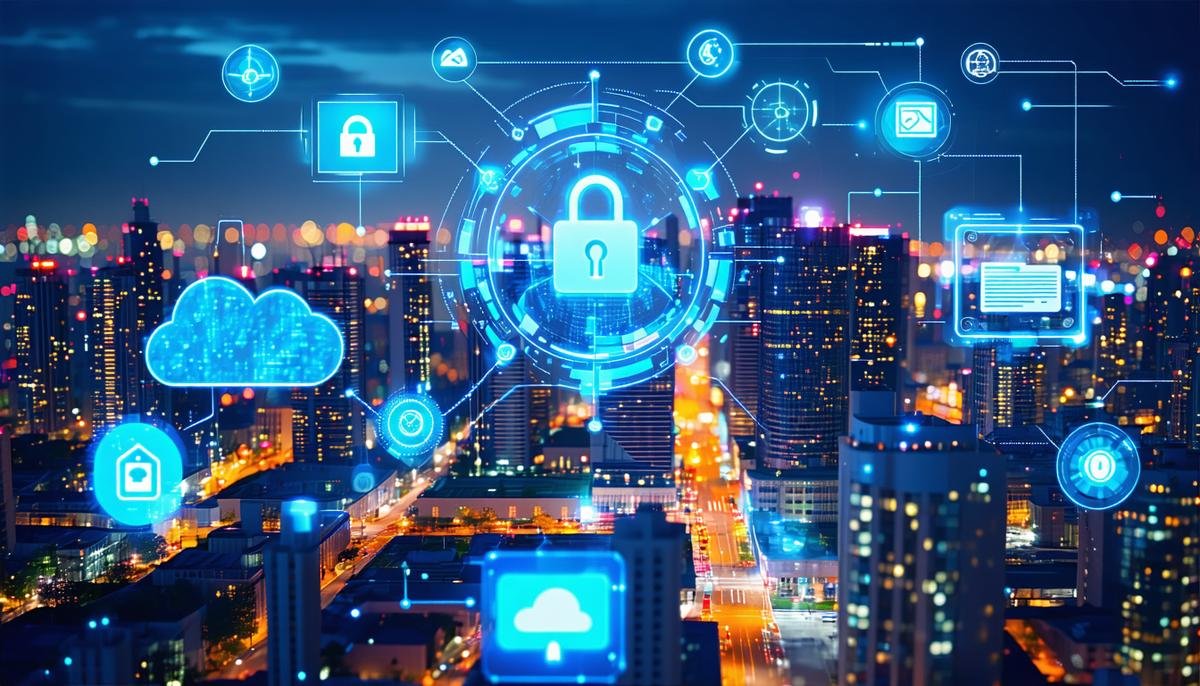
Future Role of AGI in Smart Cities
Artificial General Intelligence (AGI) could potentially revolutionize smart city management by:
- Adapting to unpredictable challenges in real-time.
- Optimizing resource allocation across various urban systems.
- Improving transportation efficiency through adaptive scheduling.
- Enhancing equitable access to city amenities and services.
However, the implementation of AGI raises ethical questions about privacy, decision-making processes, and the role of humans in urban governance. Balancing AGI's potential with thoughtful regulation will be crucial to ensure it serves as a beneficial force in urban development.
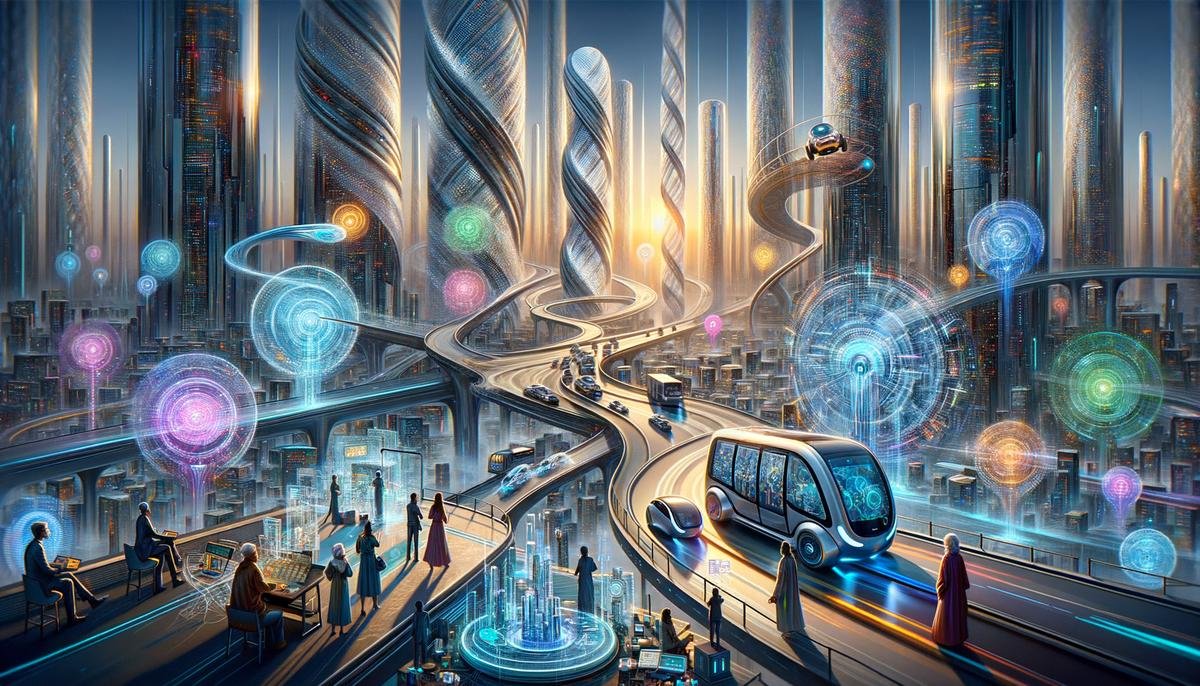
As we look to the future, the integration of AI and IoT in urban environments stands out as a pivotal development. This collaboration promises to transform cities into more efficient and responsive spaces, balancing technological advancement with the needs of their inhabitants.
- Palmer D. Blockchain, IoT and AI: The new digital infrastructure. Vodafone Business. 2023.
- 451 Research. Voice of the Enterprise: Internet of Things, the OT Perspective, Use Cases and Outcomes. 2023.

